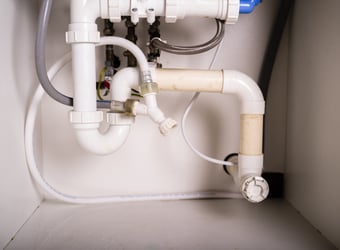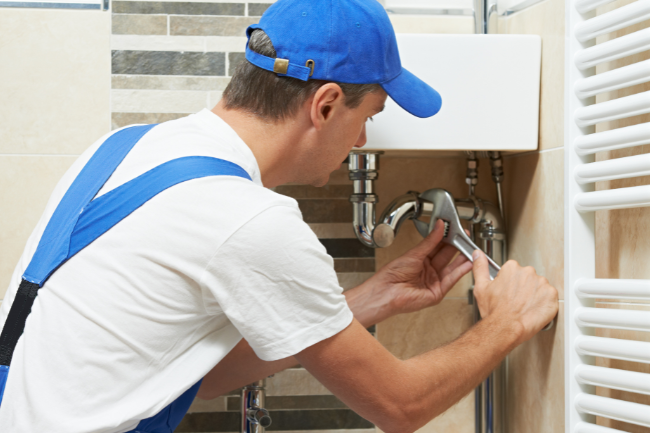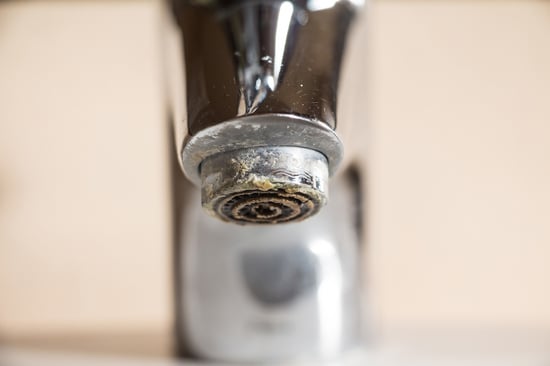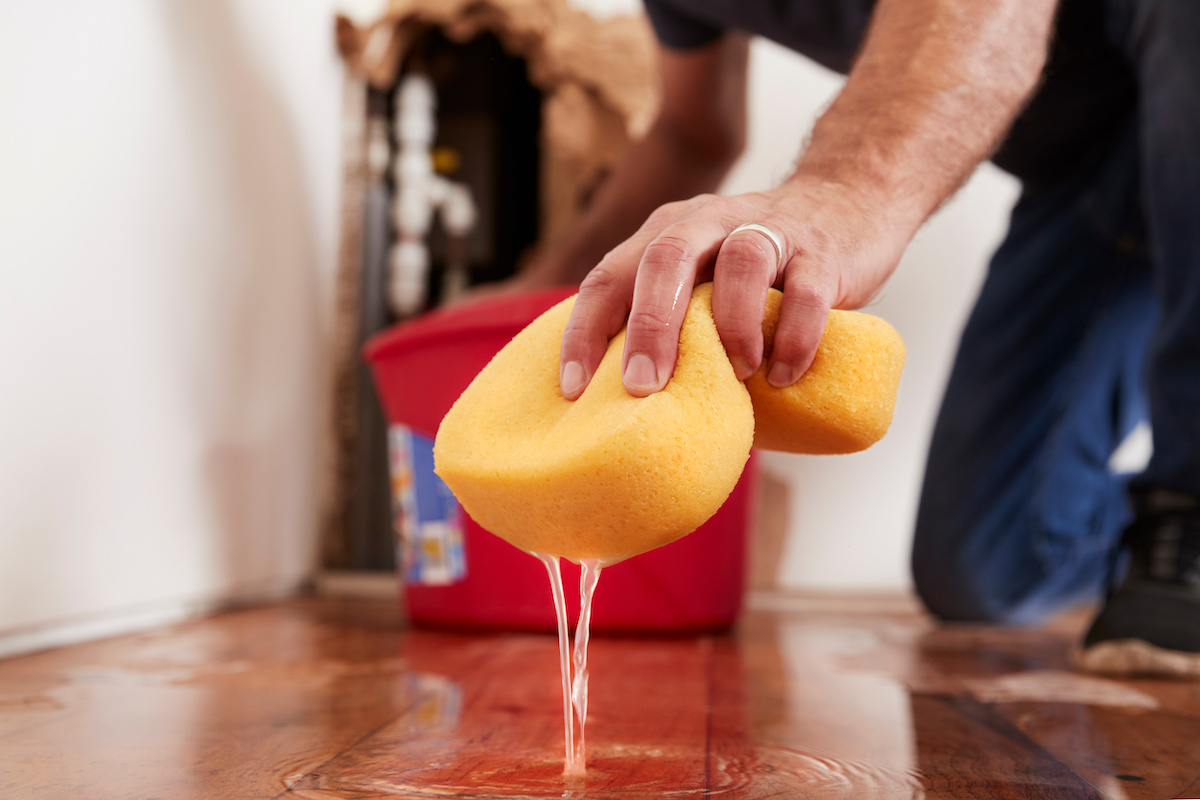Plumbing Repairs That Can be Done Without a Plumber
Posted by William Heinselman on
 Everybody deals with plumbing performance issues at one point, and many homeowners have at least some experience repairing their own plumbing fixtures. With some elbow grease and DIY preparation, there’s much you can do to restore your drains, sinks and faucets without the need for a professional plumber.
Everybody deals with plumbing performance issues at one point, and many homeowners have at least some experience repairing their own plumbing fixtures. With some elbow grease and DIY preparation, there’s much you can do to restore your drains, sinks and faucets without the need for a professional plumber.
The most important step in DIY plumbing repair is knowing what you can and can’t do on your own. Taking on major projects unprepared is risky business, as you may only worsen the problem. In this blog article, we describe the most common home plumbing repairs you can complete entirely on your own, as well as some general tips on keeping your plumbing problem-free in the future.
Running Toilet Repair
Running toilets are not only one of the most common home plumbing problems, they’re one of the most expensive. A running toilet (which is, in effect, a leak from the tank to the bowl) can cost you as much as $2,000 over the course of a single year, as these leaks waste thousands of gallons of water every month and may go on unnoticed - until, of course, you see a sudden spike in your home water bill.
In many cases, leaking toilets are the result of faulty or loose flappers within the tank; if this is the case, you can most likely handle the problem on your own for under $10. Replacing and adjusting toilet flappers is an easy fix that any homeowner can do, which can end up saving you hundreds - if not thousands - of dollars in annual water use.
However, if the problem is determined to be something other than a faulty flapper or snagged floater chain, call a professional plumber right away, as the problem may be more severe than you think.
Kitchen Faucet Replacement
Upgrading or repairing a faucet is another relatively easy project you can take on by yourself, without needing professional assistance. The entire process can be broken down into 6 easy steps, which we’ve listed below. Of course, additional steps may be required, depending on what kind of faucet fixture you’re working with):
- Clean your work area and remove all clutter before installing your new faucet. Work smarter, not harder, and get any obstructions out of the way to make installation easy.
- Turn off your water, whether it’s by shutting off the sink valve or the main water supply to your home. One option is more convenient, while the other does more to stop water flow.
- Disconnect water lines using a basin wrench, and have a bucket or large bowl on hand to catch water.
- Loosen and remove the old faucet, and be sure to disconnect any attachments remaining.
- Install the new faucet fixture using instructions from the manufacturer. Generally, you will first attach an escutcheon cover plate, seal the underside of the plate using putty and slip the new faucet head through the cover.
- Reconnect the water supply and test the new faucet. Refer to manufacturer instructions to make sure installation has been done properly.
Drain Trap Cleaning/Replacement
Cleaning or replacing your drain trap is another project you can typically do on your own, without the aid of a professional plumber.
Whether there’s a large clog in the trap, the trap is leaking or your accidentally dropped valuables down your sink, removing the trap or installing a new one in its place can affordably resolve the issue. Read more on our in-depth drain trap DIY blog post here.
Clog Removal
If you’re dealing with a stubborn clog, whether it’s in your sink drain, shower or tub, there’s a good chance you can resolve the problem on your own, without calling the pros. Consider snaking your own drain, or flushing the clog from your drains with hot water or vinegar/baking soda cleanses (read more on these quick repairs here).
While chemical cleaning products work in a pinch, you should steer clear of using them on a regular basis to clean your drains. Repetitive chemical cleaning can damage your pipes, causing more expensive problems in the future.
General Tips
- For any of the above DIY plumbing repairs, make sure you have the right tools and hardware on hand. This includes things like drain augers, basin and pipe wrenches, couplings, other fittings and O-rings.
- Take care of your plumbing fixtures, and know what they can and cannot process (particularly garbage disposals). Doing so, you can avoid many of the most common home plumbing problems.
- Inspect your plumbing systems monthly for any noticeable performance issues, and consider having a professional inspection once each year. Trained eyes may be able to catch overlooked problems before they develop into plumbing emergencies.
Above all, don’t hesitate to reach out to a plumbing professional in your area if the task at hand seems beyond what you can handle, or if emergency plumbing services are needed. Improper DIY repair efforts can actually wind up making matters worse, and cause further damage to your plumbing.
Topics: Home Plumbing, DIY, Drain Cleaning and Repair







